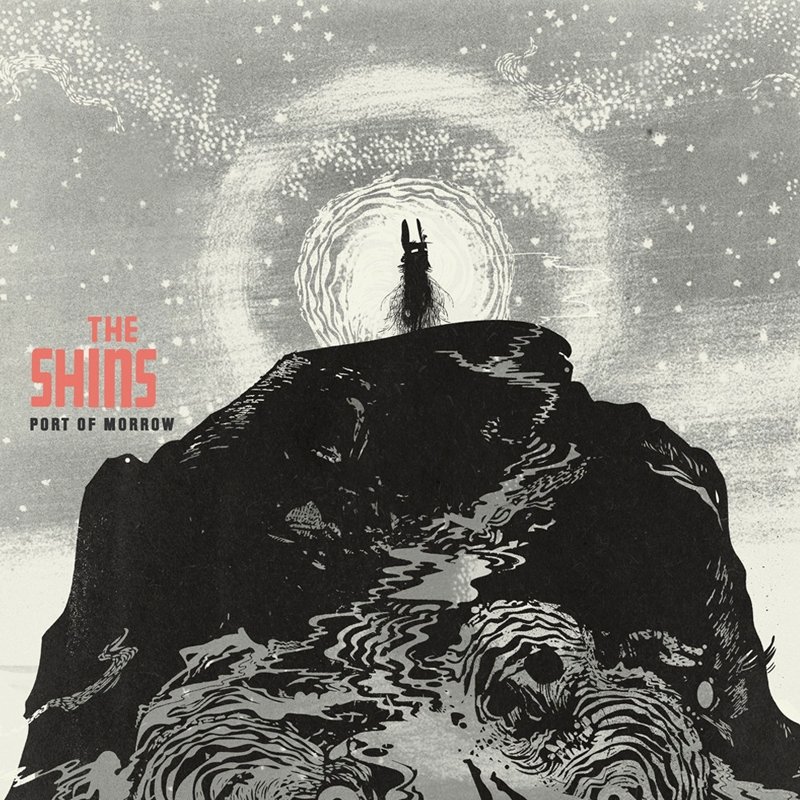

Millions of corpses lie in mass graves, and the bones of thousands of others are stacked in the charnels that line the cemetery walls. The French king, Louis XVI, has decreed that the Church of les Innocents in Paris and its vast cemetery must be demolished, allowing this central area of the city (now les Halles) to be rebuilt as a market, once its grounds have been made new.

Here, instead, Miller crosses the Channel and takes as his setting the dying days – and the dead – of the Ancien Regime. In Pure, Andrew Miller’s sixth novel, the author returns to a century, if not a place, that he has written about twice before: Ingenious Pain, his debut and multi prize-winning novel, is set in late 18 th-century England, as is Casanova in Love. Lucinda Byatt discovers that Pure is not so much about history as the erasing of history You can read the first here: What is Literary Historical Fiction?, and the second here: Walter Scott Prize shortlist: On Canaan’s Side.
#PORT OF MORROW THE SHINS RAR FILE SERIES#
This is the third in a series of 8 articles featuring the Walter Scott Prize. With hindsight we watch them fumble, and are encouraged to view our own lives, our own time, in the light of this confusion.Īgain we have asked two staff writers, Lucinda Byatt and Richard Lee, to look at Pure as ‘literary historical fiction’. The protagonists are almost inevitably on a cusp of change but they are unaware of this, or unable to predict an outcome accurately.

In literary hands this style of novel is an ideal form for poking fun at past bigotries, for emphasising the ironies of history. Two examples are Wilbur Smith’s Triumph of the Sun, about the siege of Khartoum, and James Clavell’s Shogun, about an Elizabethan sailor in Japan. ‘Non-literary’ versions of this kind of book are really any book with an unusual task – hence the gamut of war novels, or adventure novels – and any novel where the protagonist is stranded in an alien culture. Girl with a Pearl Earring, Tracy Chevalier’s muse on a portrait by Vermeer, is a widely-known recent novel in this vein. Farrell’s Siege of Krishnapur, the siege of a fictional town during the Indian Mutiny, are eminent literary examples, both Booker winners. Thomas Flanaghan’s The Year of the French, about an ill-starred Irish rebellion in 1798 and J.G. It is a style that works equally well for literary novels and for genre novels. The novel essentially charts how people cope with the unusualness of changed circumstances, and how that reflects on their time and on ours. Something happens (fictional or real) that is unusual in its own time, and this acts as the focus of the book. This kind of historical novel is firmly ideas-based, event-based. His third novel Oxygen was shortlisted for the Booker prize and the Whitbread, and Pure, his fifth novel has already won the Costa Best Novel, and Costa Book of the Year Award. Andrew Miller’s Pure: the Historical Novel as ‘time outside time’Īndrew Miller won the International IMPAC Dublin Literary Award, the James Tait Black Memorial Award for fiction and the Grinzane Cavour prize for Ingenious Pain (1997), set in 18th Century England and Russia.


 0 kommentar(er)
0 kommentar(er)
